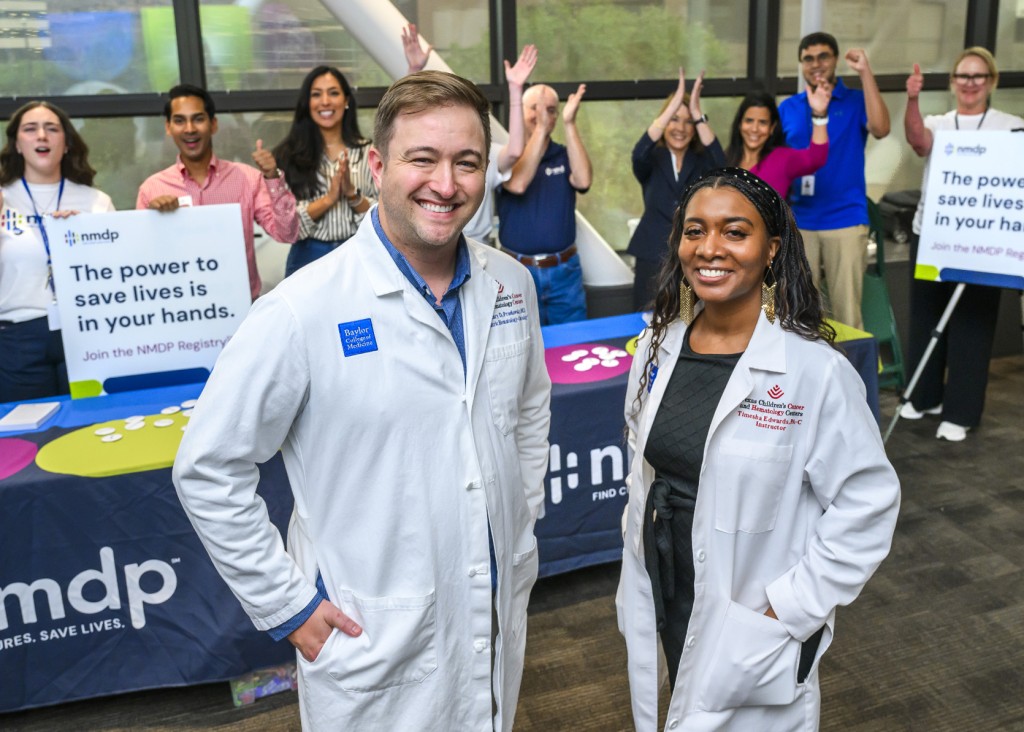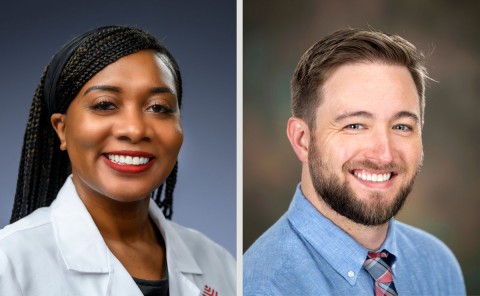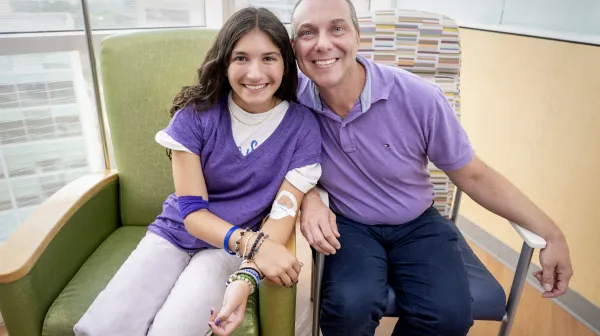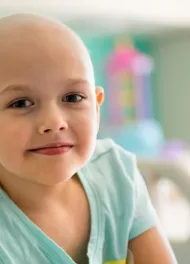
A bone marrow transplant may be the only curative option for patients with blood cancers - leukemia or lymphoma - or other life-threatening blood disorders – like sickle cell disease or aplastic anemia. Finding a matched donor is the most important, yet sometimes quite difficult, step in the process.
Patients are most likely to have a match from someone of their own race or ethnicity since tissue types are inherited. Unfortunately, minorities are underrepresented in the blood and marrow registry, making it more difficult, or sometimes impossible, to find a suitable donor.
We are in need of blood and marrow donors of all races and ethnicities to give patients who need a bone marrow transplant the best chance of a cure.
Please help by joining the NMDP Registry® and learn how you can help a patient in need!
Join the NMDP RegistrySM at our upcoming Registration event at Texas Children’s:
Wednesday July 9 and Thursday July 10, 2025
9am-2pm - Auxiliary Bridge
(3rd floor between Mark Wallace Tower & West Tower)
ℹ️To learn more, contact Ashley Martinez at 281-882-7584
Did you know that a simple cheek swab can save a life?
For patients living with blood cancers or other life-threatening blood disorders like sickle cell disease, this simple procedure can make all the difference. Dr. Zachary Prudowsky and Timesha Edwards, PA-C, Texas Children’s Cancer and Hematology Center clinicians and NMDP advocates, know the importance of registering firsthand.

Prudowsky was in medical school when he joined NMDP/Be The Match, an organization that operates the National Marrow Donor Program and connects patients with matching donors for life-saving bone marrow and stem cell transplants. He got his cheek swabbed and signed up for the donor registry at a NMDP/Be The Match event in 2012. Six years later, he received a call and learned that he was a donor match for a patient with leukemia — and so, somewhat remarkably, he found himself donating stem cells at the same time that his fellowship in hematology-oncology began.
Prudowsky found that the donation process only strengthened his connection with the patient experience, since he took the same medications as the matched patient and felt the same medication side effects. With Prudowsky’s stem cell donation, the matched patient survived her cancer and even became a grandmother.
As a college student, Edwards read an article that both startled her and served as a call to action. A young patient needed a marrow donor and was having trouble finding a match. The likelihood of a recipient/patient finding a perfectly matched unrelated donor ranges widely and depends primarily on race and ethnicity. For Caucasians, the likelihood of finding a perfect unrelated donor is 79%. For African Americans, that likelihood is only 29%.
As soon as she had the opportunity to do so, Edwards organized an on-campus NMDP/Be The Match event through her science club and got her cheek swabbed in 2009. Almost a decade later, when she least expected it, she received a call. Edwards was astounded to hear that she was a match for a patient in Germany who needed a stem cell donation. The donation process turned out to be straightforward. A nurse visited Edwards for weekly check-ups, which turned into daily check-ups as the donation day came closer. After she made her donation, Edwards sent a letter to the unknown patient through NMDP/Be The Match. About a year passed before she received a reply.
Edwards learned that her matched patient was an 11-year-old, who explained that they wanted to see how they were feeling before responding. It turns out that the stem cell donation was successful, and the patient was doing well. As soon as she read the patient’s letter, Edwards knew that it was all worth it. She’s looking forward to reaching out to the patient again soon and in the meantime is doing all she can to spread the word about signing up for the registry and about the importance of increasing the diversity of the registry as well.
Both Prudowsky and Edwards have represented Texas Children’s Cancer and Hematology Center at the annual NMDB / Be the Match event at the hospital’s Texas Medical Center campus, which was held to raise awareness and increase the number of ethnically diverse donors on the registry. Previous events have been a success, with close to 140 people in 2022 and over 200 people in 2023, including health care workers, administrators and even patients’ parents getting their cheeks swabbed and joining the donor registry.










